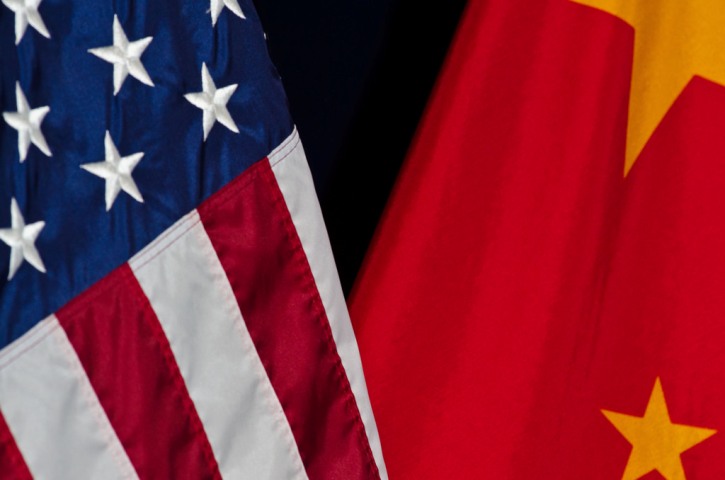China Strikes Back: 34% Tariff on All US Goods Amid Trade War Flare-Up
China has announced sweeping 34% tariffs on all US goods and new export controls on rare earths in response to Donald Trump's latest trade measures. This retaliatory move deepens tensions in the US-China trade war, with Beijing also targeting US firms and seeking WTO action.

Trade War 2.0: China Hits Back with Broad Tariff Retaliation
Beijing is sending a clear message to Washington: two can play the tariff game. On Friday, China announced sweeping retaliatory tariffs of 34% on all US goods, effective April 10, in a direct response to former President Donald Trump’s decision to hike tariffs on a broad range of countries, including a staggering 34% specifically on Chinese imports.
The move, which adds to the already tense climate of global trade, was accompanied by a bundle of punitive measures aimed squarely at the United States. These include restrictions on the export of medium and heavy rare earth materials—key ingredients in the manufacturing of semiconductors, electric vehicle batteries, and other high-tech products. The export controls will take effect from April 4.
China’s Ministry of Commerce framed the rare earth restrictions as a national security measure. “The purpose of the Chinese government's implementation of export controls… is to better safeguard national security and interests,” a ministry statement read, also citing its commitment to international obligations like non-proliferation.
From Sanctions to the WTO: A Multi-Front Response
China’s retaliation didn’t stop at tariffs and materials. Beijing has moved to blacklist 27 American firms, placing them on its growing registry of companies subject to trade sanctions or export licensing requirements. While specific names have not been disclosed, these sanctions are widely expected to affect key players in sectors like defense, tech, and advanced manufacturing.
In addition, China is taking the dispute to the global stage. The Chinese government announced it will formally file a complaint with the World Trade Organization (WTO) over the new US tariffs. The legal route underscores Beijing’s strategy to balance direct confrontation with institutional diplomacy, despite long-standing frustrations with the WTO’s dispute resolution system.
Trump’s High-Stakes Trade Gamble
On Wednesday, Donald Trump reignited the global tariff war by announcing a minimum import tariff of 10%, which quickly escalated into targeted rates as high as 49% on select countries. China, Vietnam, and Cambodia were among the hardest hit, receiving tariff rates of 34%, 46%, and 49%, respectively. The European Union wasn’t spared either, with a 20% tax slapped on its goods. Even traditional allies like South Korea and the UK were affected.
Speaking at the White House, Trump defended the move as long overdue. “Taxpayers have been ripped off for more than 50 years,” he said. “But it is not going to happen anymore.”
Market reactions were immediate. Global indices wobbled, and analysts began bracing for a fresh round of supply chain disruptions and inflationary pressures. According to Bloomberg, the average tariff rate on Chinese goods entering the US has now soared to as high as 65%, factoring in previous Trump-era tariffs that remained in place during the Biden administration.
Rare Earths as the New Trade Weapon
China’s decision to curb exports of rare earth materials could mark a pivotal shift in trade strategy. As the dominant global supplier of these minerals, China wields considerable influence over industries ranging from aerospace to clean energy.
Experts suggest that the real impact of these restrictions will unfold gradually, as manufacturers in the US and elsewhere scramble to secure alternative sources. In the short term, however, the message is unmistakable: China is prepared to weaponize its dominance in critical materials if provoked.
A Dangerous Spiral?
While tit-for-tat tariffs are nothing new in US-China relations, the scale and immediacy of this exchange are raising alarm bells. Trade experts warn of a potential economic spiral, where each side doubles down without a clear off-ramp.
“This isn’t just about trade deficits or job protection anymore,” said Jennifer Harris, a former US trade official. “It’s about power, access to future technologies, and reshaping the global economic order.”
With both economies deeply intertwined, any escalation risks collateral damage across global supply chains. And with the US heading into an election cycle, where trade nationalism could become a hot-button issue again, the odds of de-escalation in the near term appear slim.










